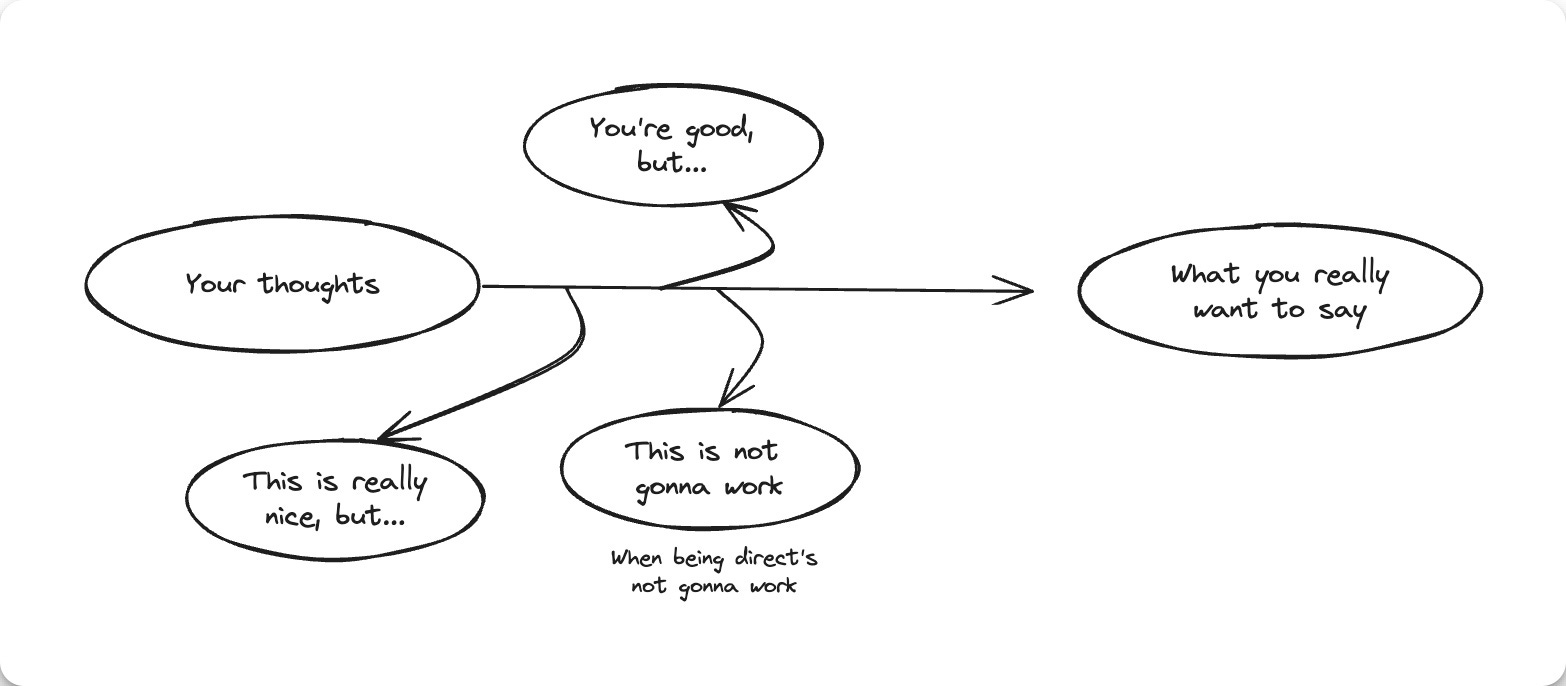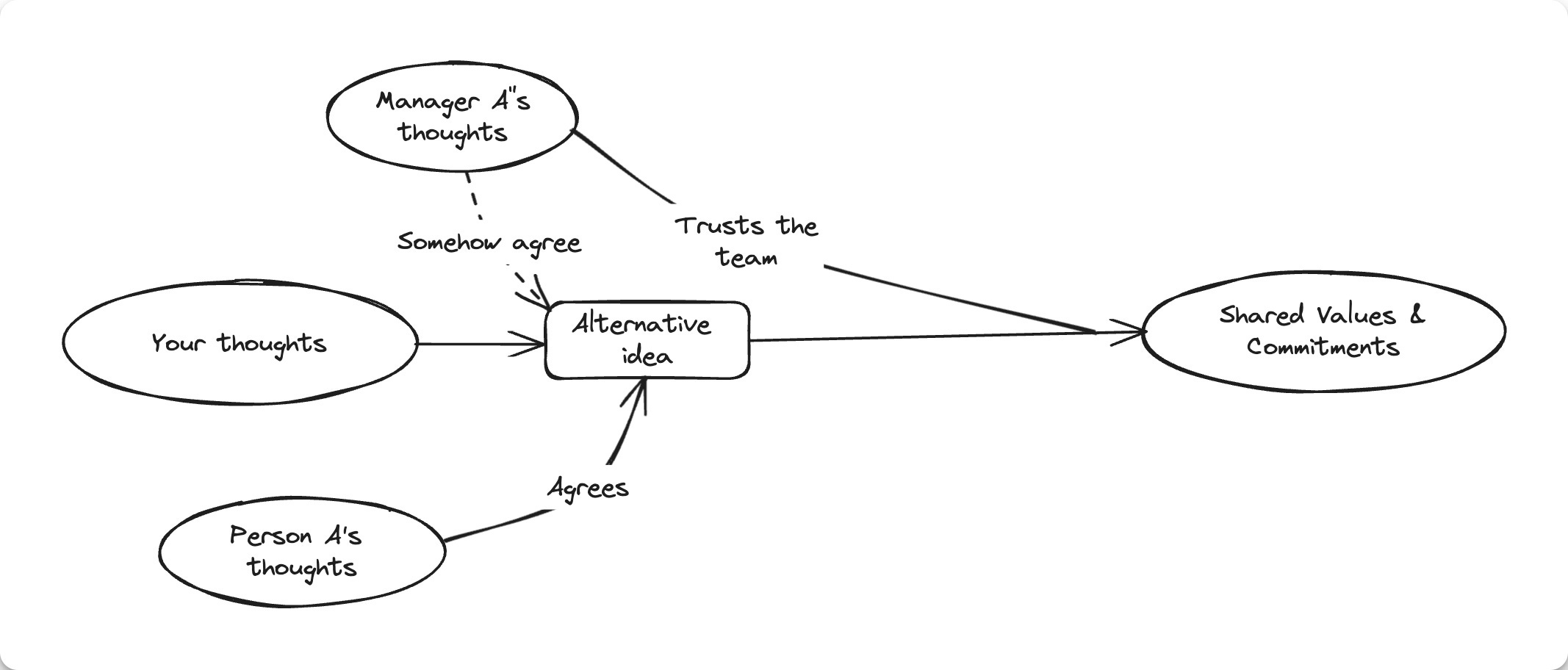
Earlier in my career, I often hesitated to be direct with my co-workers and managers as I try to be mindful of everyone’s circumstances and feelings. But, there are times, when things just seem difficult if you’re unclear about your expectations. You end up not getting what you want or need, and it can lead to misunderstandings and project delays. This is why at times, being direct is okay.
To be direct is to be clear, and concise in saying what you really need to say. Being direct doesn’t necessarily mean you have to be rude. Often, you have to learn the communication styles of the people you work with and leverage that so you can communicate with them effectively. Knowing when to be direct or indirect is very helpful too, especially when you are managing up your managers or leading teams.

Most great teams I know have people who have strong opinions on the things they know deeply or care about. You’ll see a lot of disagreements and that’s okay. So as long as everyone is aligned with shared values and commitments, people don’t necessarily need to agree.
I found it challenging at first to make others agree since I care about how I work on my craft the way I like to do it. Hearing what other people has to say provided new perspectives and often allowed me to re-think my ideas and have better solutions over time. The key is to arrive at solutions, or alternatives, that drive the team to move forward in the same direction.
“Agreement is having identical opinions. Alignment is having shared values. Closeness is a matter of commitment, not consensus.”
on Facebook by Adam Grant
Alignment brings the team together with a sense of direction in between many disagreements — it requires you to trust the leader or the team member so you all can move forward.
Different companies have different cultures. Understand that you have to learn how your company operates first, know what the gaps are in communication, and know the communication styles of your team and managers.
You don’t have to wait. If you need to unblock yourself, and the next meeting is set for next week, don’t hesitate to ask in Slack or async. Your concerns can become a big problem if you’re not sharing them on time.
Choose the most appropriate medium for your message. If you are in need of a design change or review, your Figma or design files can be a good place to talk about it and if you are in need of feedback for a new complex feature you’re working on, a good design document can help bridge the gap.
Your team should trust you by default. This is why building trust through your work is going to be important early. People will be more receptive to your communication if they trust you and believe you have their best interests in mind.
Over to you: Are there challenges or gaps in your relationships or communication with your team? What are the steps you have taken so far to address it?
Thanks,
Joshua de Guzman